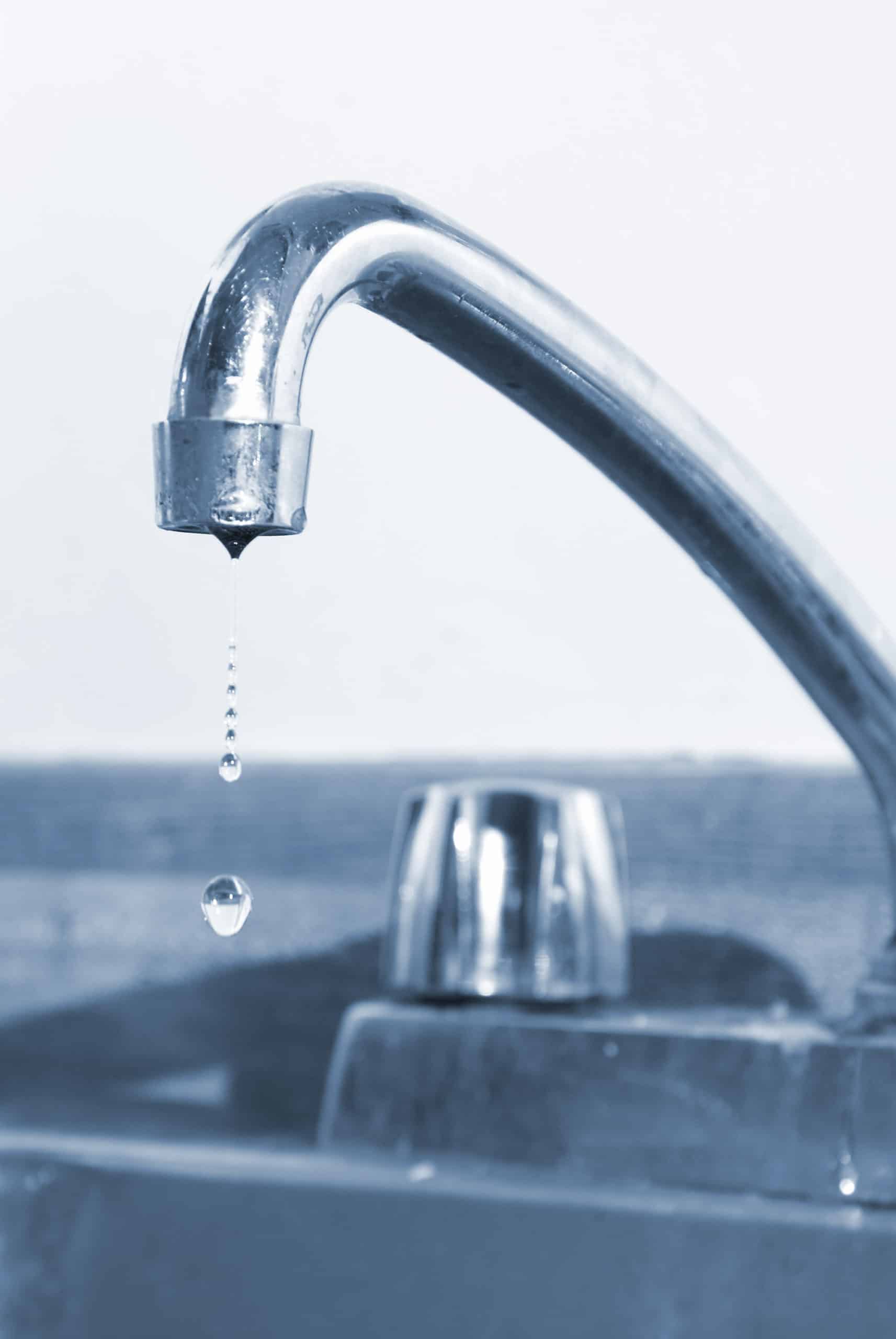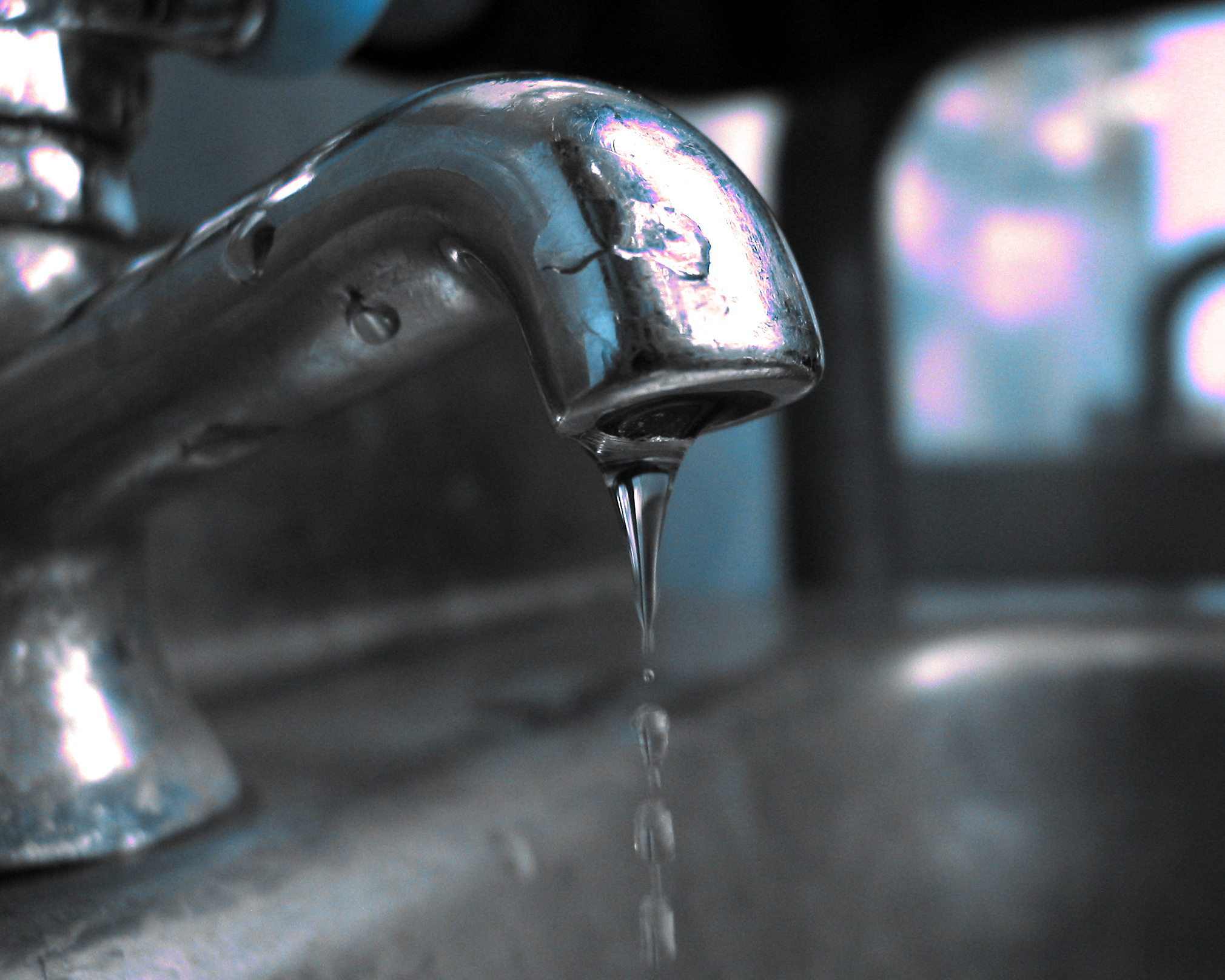Which It's Vital to Rectify a Broken Faucet
Which It's Vital to Rectify a Broken Faucet
Blog Article
Right here in the next paragraphs yow will discover a lot of good quality help and advice on the subject of Leaky Faucets: Why They Happen & What to Do About Them.

Trickling faucets could appear like a minor aggravation, however their influence exceeds simply the inconvenience of the audio. From drainage to incurring unnecessary financial expenses and wellness risks, neglecting a dripping tap can lead to numerous effects. In this article, we'll explore why it's crucial to address this usual home concern quickly and properly.
Wastage of Water
Ecological Influence
Dripping faucets add considerably to water waste. According to the Environmental Protection Agency (EPA), a solitary faucet trickling at one drip per secondly can throw away greater than 3,000 gallons of water each year. This not just pressures water resources but additionally affects ecosystems and wild animals based on them.
Step-by-Step Overview to Taking Care Of a Dripping Faucet
Devices Required
Prior to attempting to take care of a dripping faucet, collect the necessary tools, including an adjustable wrench, screwdrivers, substitute components (such as washers or cartridges), and plumber's tape.
Usual Tap Issues and Their Solutions
Determine the sort of tap and the certain issue triggering the drip. Common problems include damaged washers, corroded valve seats, or malfunctioning O-rings. Refer to maker guidelines or on-line tutorials for step-by-step advice on repairs.
Financial Expenses
Raised Water Expenses
Beyond the ecological effect, leaking faucets can inflate water bills significantly. The gathered wastage gradually converts right into greater utility expenses, which could have been avoided with prompt repairs.
Possible Home Damages
In addition, prolonged leaking can cause damage to fixtures and surfaces bordering the faucet. Water accumulation can create staining, deterioration, and even structural problems if left unattended, causing additional fixing costs.
Health and wellness Concerns
Mold And Mildew and Mold Growth
The continuous presence of wetness from a trickling faucet produces an ideal environment for mold and mildew development. These fungis not only jeopardize indoor air quality however additionally position health and wellness threats, particularly for individuals with breathing conditions or allergies.
Waterborne Illness
Stagnant water in leaking faucets can end up being a breeding ground for germs and other pathogens, increasing the risk of waterborne conditions. Pollutants such as Legionella germs flourish in stagnant water, possibly causing severe diseases when consumed or breathed in.
DIY vs. Specialist Repair work
Pros and Cons of Do It Yourself Repair Service
While some might attempt to fix a leaking tap themselves, DIY fixings come with their very own collection of difficulties. Without correct knowledge and tools, DIY attempts can aggravate the issue or result in insufficient fixings, prolonging the issue.
Benefits of Employing a Specialist Plumber
Working with a professional plumber ensures that the underlying reason for the trickling tap is resolved effectively. Plumbings possess the knowledge and devices to diagnose and fix tap problems effectively, saving time and decreasing the danger of additional damages.
Environmental Responsibility
Specific Contribution to Conservation
Taking duty for repairing dripping taps aligns with more comprehensive efforts towards water conservation and ecological sustainability. Every person's activities collectively make a substantial effect on maintaining precious resources.
Lasting Living Practices
By prioritizing timely fixings and adopting water-saving practices, people add to lasting living techniques that profit both present and future generations.
Safety nets
Regular Upkeep Tips
To prevent leaking faucets, do routine maintenance such as cleaning aerators, checking for leakages, and changing damaged parts immediately. In addition, take into consideration mounting water-saving gadgets or upgrading to a lot more effective fixtures.
Significance of Prompt Repairs
Addressing trickling taps as soon as they're discovered prevents more water waste and potential damages, ultimately conserving both water and money in the future.
Effect On Residential Property Value
Assumption of Well-Maintained Home
Keeping a building in good condition, including attending to upkeep issues like leaking taps, boosts its regarded value and value among prospective purchasers or lessees.
Impact on Resale Worth
Characteristics with well-kept plumbing components, consisting of faucets, command higher resale values in the real estate market. Dealing with dripping faucets can add to a favorable perception during home evaluations and negotiations.
Conclusion
Attending to a leaking faucet surpasses simple convenience; it's a crucial action toward saving water, decreasing economic expenses, and guarding health and wellness and residential or commercial property. Whether via do it yourself repair work or specialist support, doing something about it to fix leaking taps is a small yet impactful way to promote liable stewardship of sources and contribute to a healthier, a lot more lasting future.
How to Fix a Leaky Faucet: Step-by-Step Repair Guide
A leaky faucet may seem like a simple annoyance, but if it's not fixed promptly, that leak could cost hundreds to potentially thousands. From water damage to mold, mildew, and high water bills, even a tiny leak can be catastrophic if left unattended. Damage like this can even affect the overall value of your home, so it's important to take the right approach for leaky faucet repair. You may need the help of a plumber in some cases, but we've got a few tips you can try on how to fix a leaky faucet before calling the pros.
Four Faucet Types
When you're learning how to fix a leaky faucet, the first step is knowing what kind of faucet you're working with! There are four common types.
Cartridge Faucets
Cartridge faucets come in one- or two-handled varieties. In one-handled cartridge faucets, hot and cold water combines in a single cartridge. In the two-handled versions, hot and cold water are controlled separately and mixed in the faucet.
Ball Faucets
Ball faucets have a single lever you push up and down to adjust the pressure and rotate to change the temperature. A slotted metal ball controls the amount of water allowed into the spout.
Compression Washer Faucets
They're the oldest type of faucet, but they're still used in many homes — especially older ones. Compression faucets have two separate handles that, when turned, raise or lower the washer that seals a water valve. This valve stops water from flowing through the faucet when it is turned off.
Disc Faucets
Disc faucets rarely need to be repaired due to their maintenance-free design. The water flow is controlled by two discs — the upper one raises and lowers against a fixed lower disc, creating a watertight seal. If your disc faucet starts leaking, you may need to replace the seals or clean residue buildup from the inlets.
Fixing a Leaky Faucet
Step 1: Turn Off the Water
Whether you're learning how to fix a leaky bathtub faucet or how to fix a leaky kitchen faucet, always turn off the water supply to your working area when you're fixing a leak. The last thing you want is a flood added to your list of things to fix.
Look for the shutoff valves below your sink or around the tub and turn them clockwise to stop the water flow. If your faucet doesn't have shutoff valves, you may need to turn off the water for the whole house. Check to make sure it's off by turning the faucet on. If nothing comes out, you're ready to start the repair.
Step 2: Take Apart the Faucet
How you disassemble your faucet depends on the type of fixture you have. You can use a flathead screwdriver to remove the caps on top of the handle or handles for cartridge and compression faucets. Inside, you should see handle screws. Unscrew these with a screwdriver to remove the handle.
Disc- and ball-style faucets will typically have an inlet screw near the handle, and removing that will reveal the interior of the faucet.
Detach the Valve Stem
For cartridge- and compression-style faucets, you'll see the inner valve stem or cartridge once you remove the faucet handles. If you have a compression faucet, unscrew the brass valve stem. If you have a cartridge faucet, pull out the cartridge. If your cartridge has been in place for a while, it may require some tools or extra force to remove it due to mineral deposits.
Examine and Replace Parts
Once you've removed the parts, check them out to confirm what needs to be replaced. You may see corroded rubber washers, O-rings, stems, or cartridges. On a ball-style faucet, check the seats and springs for damage.
If you need to repair a leaky disc faucet, check the inlet and seals on the lower disc.
Once you determine what parts must be replaced, visit your local hardware store. Bring the damaged parts with you to ensure you can purchase the correct components to replace them.
Clean Valves and Faucet Cavity
If you've removed a stem or cartridge, you may notice mineral buildup in the faucet's threads. Use white vinegar to clean the valve seat by soaking it for a few minutes, then scrub it away with a soft toothbrush and rinse with warm water. You can also clean the interior of the faucet in the same way.
Reassemble the Faucet
Once your faucet is cleaned and the required parts have been replaced, it's time to reassemble it. Put the pieces back together and slowly turn the water supply back on. Doing this slowly is crucial because too much initial water pressure can damage the new hardware you've just installed.
https://homewarranty.firstam.com/blog/how-to-fix-leaky-faucet

I discovered that blog entry on Why Are My Faucets Dripping (And Can I Fix It Myself)? when doing a search on the internet. If you liked our post please do not forget to pass it around. Thanks so much for taking the time to read it.
Report this page